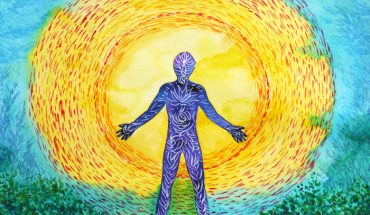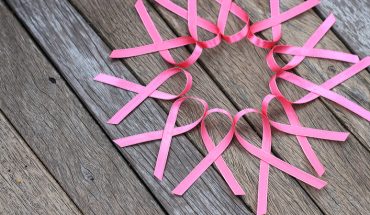A podcast series explores the disproportionately high mortality rate for people with darker skin diagnosed with melanoma skin cancer.
Melanoma is the deadliest form of skin cancer and the rate has increased by about one-third over the last decade in the UK. Researchers have projected a record high of 20,800 cases this year with an expected rise to 27,000 by 2040. Academic studies have found that “though people of colour are less likely to become afflicted with skin cancer, they are much more likely to die from it.”
One episode of the The Living with Melanoma podcast series explores the common misconception that melanoma skin cancer doesn’t occur in people with darker skin. While it is true that skin with higher levels of melanin has some natural protection against the sun, this does not mean that people with black or darker skin are completely protected against melanoma or other skin cancers.
A lack of awareness means that many people don’t know the signs of acral lentiginous melanoma, the most common form of melanoma in people with darker skin. Acral lentiginous melanomas can occur in any skin type but are relatively more common in people with brown or black skin. The symptoms can be difficult to spot and can look similar to other common skin conditions which can result in misdiagnosis or delayed diagnosis and poorer outcomes for patients.
Acral lentiginous melanoma has a prevalence rate of just 2-8% in white people, but 35-60% in people with dark skin. The 5-year survival rate for acral lentiginous melanoma is 76% which is much lower than the 90% for melanoma in general.[5][6]
Carole, aged 55 from London was diagnosed with acral lentiginous melanoma after noticing a mark on the sole of her foot which later became painful. She said:
“I was shocked when doctors told me I had melanoma. I didn’t even know what melanoma was. The mark was slowly getting bigger but I only went to my GP more than two years later when it started to hurt. After such a long time the melanoma had become very deep under the surface and I had to have extensive surgery. I had young children to take care of, was in a lot of pain and couldn’t walk properly. It was very difficult.
“The melanoma has returned more than once since my first treatment and I had further surgery in my lymph node where it had spread to my groin and also had drug treatment but eventually I had to have some of my toes amputated. ”
Susanna Daniels, CEO of Melanoma Focus, said:
“Many people mistakenly believe that people with darker skin tones cannot get skin cancer. While it’s true that darker skin is less likely to burn, burning can and does happen and so people of all skin tones need to be careful about UV protection.
“Acral lentiginous melanoma is also not directly related to sun exposure and it’s a very serious condition. Sadly, due to lack of awareness, diagnosis often happens at a more advanced stage and outcomes for the patient are much poorer.
“Acral lentiginous melanoma is not always easy to recognise so awareness of symptoms is really important. As in Carole’s case, it can often appear on parts of the body which are not obviously sun exposed. So for example, on the bottom of the foot, under nails, and a lot of people will know the story of Bob Marley who died from this form of melanoma under his toenail.
“It’s important to know your skin and nails and see your GP as soon as possible if you notice anything unusual for you.”
The Living with Melanoma podcast series was released last week and explores the prevention, diagnosis and treatment of melanoma and includes interviews with patients and clinicians. It can be downloaded here.
- Focus on the gut-liver axis - 13th March 2025
- Water fluoridation: Something to smile about - 13th March 2025
- Bowel screening uptake boosted - 13th March 2025






